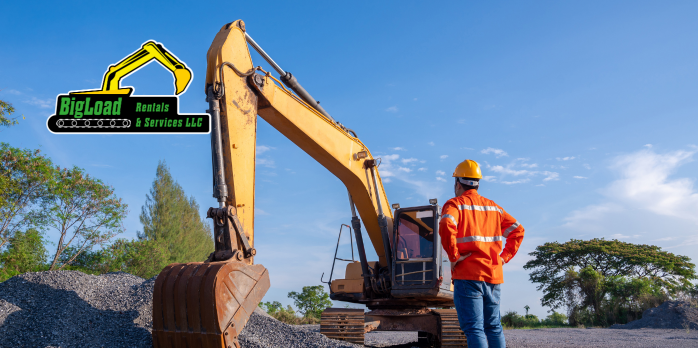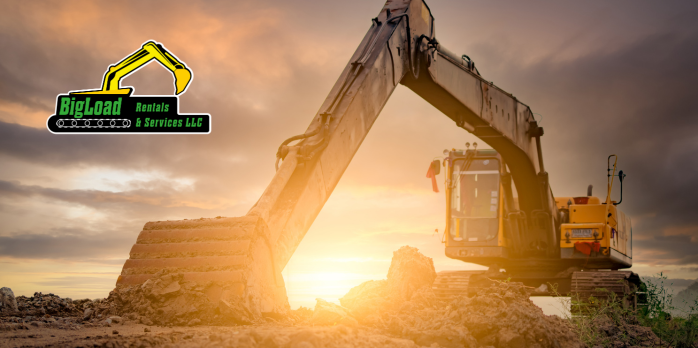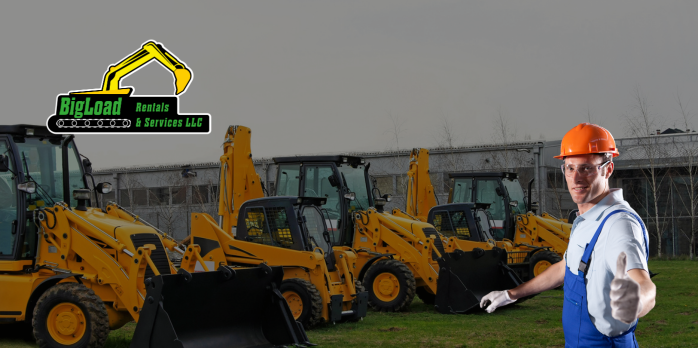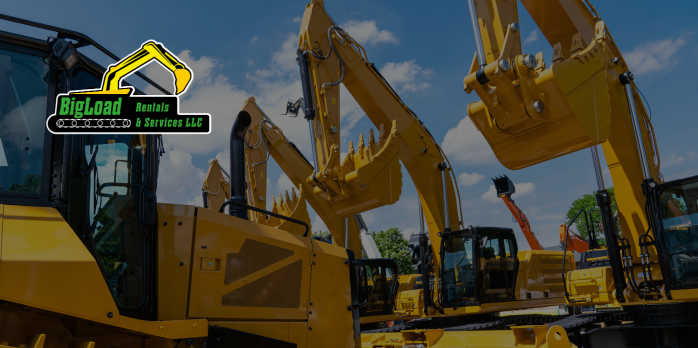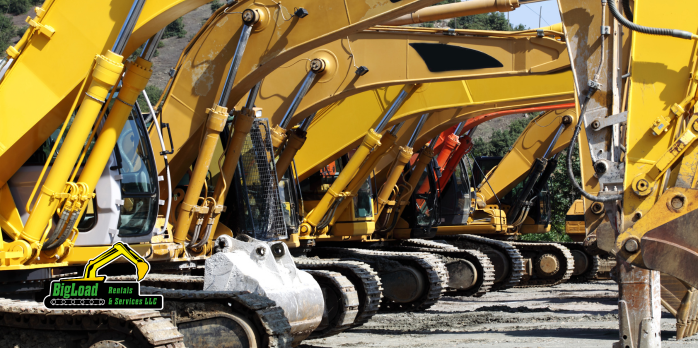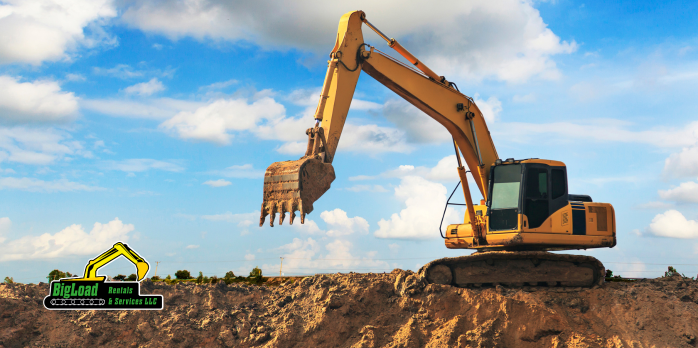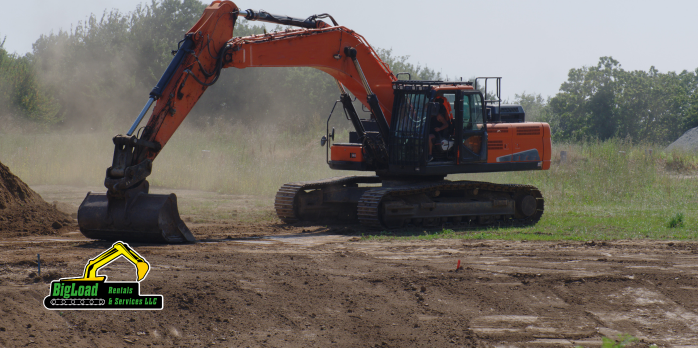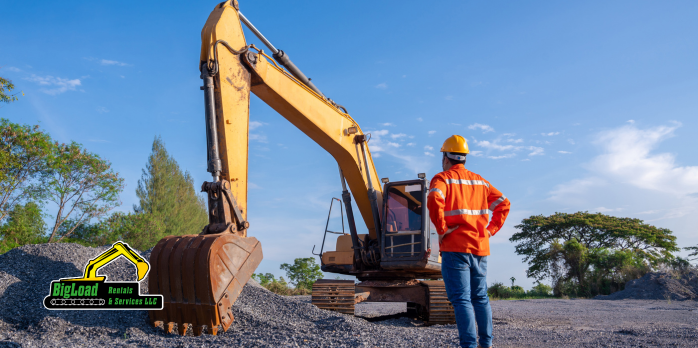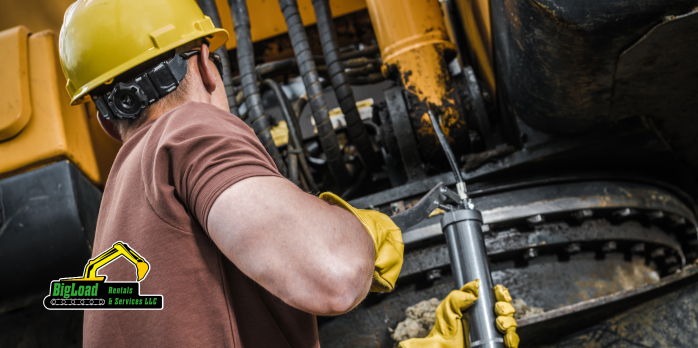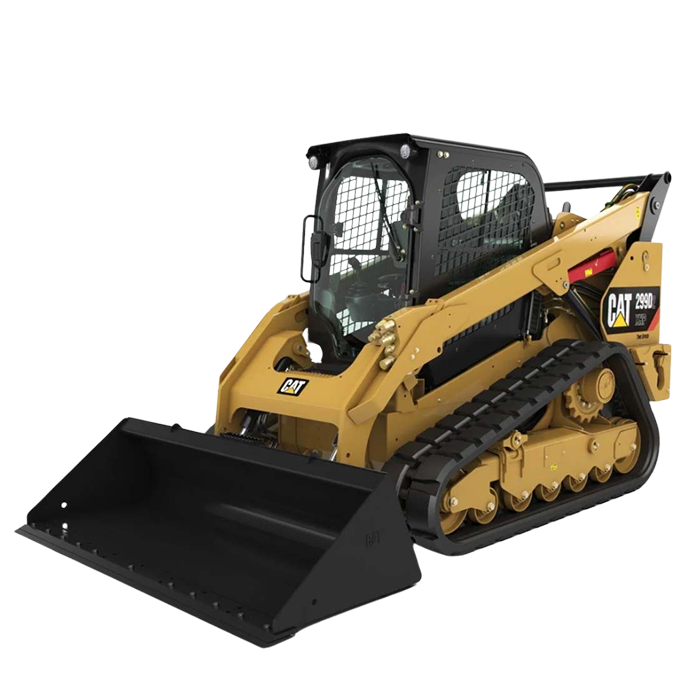Master Safe Trailer Handling for a Smooth Trip!
How Do You Safely Hook and Unhook the 2024 Gooseneck Trailer 14500lbs?
Hooking and unhooking the 2024 Gooseneck Trailer 14500lbs to your vehicle requires attention to detail and proper safety procedures. Following the right steps can prevent accidents, protect your equipment, and ensure a safe and smooth journey.
Step-by-Step Guide for Hooking and Unhooking the Gooseneck Trailer
Attaching and detaching a gooseneck trailer may seem straightforward, but doing it safely requires a clear process. Here's a step-by-step guide to ensure you handle it with confidence.
How to Hook Up the 2024 Gooseneck Trailer
Follow these steps for safe and secure trailer attachment:
- Position Your Vehicle: Back your truck up to the gooseneck trailer so that the hitch ball is directly beneath the trailer coupler. Ensure the vehicle is in park with the parking brake engaged before proceeding.
- Lower the Trailer: Use the trailer jack to lower the coupler onto the hitch ball. Once the coupler is fully seated on the ball, lock it in place using the safety pin or latch.
- Connect Safety Chains: Attach the safety chains from the trailer to your vehicle. Make sure to cross the chains underneath the coupler, forming an “X,” which will catch the trailer if it becomes unhitched during travel.
- Plug in Electrical Connections: Connect the trailer’s electrical system to your vehicle’s plug. This powers the trailer’s lights and brakes. Test the lights (brake, turn signals, and running lights) before driving off.
- Check the Hitch and Adjust: Inspect the hitch to ensure it's properly locked and there’s no excessive movement. Adjust the jack if needed to level the trailer with your vehicle.
Safely Unhooking the Gooseneck Trailer
When you’ve reached your destination and need to unhook the trailer, follow these safety steps:
- Park on Level Ground: Always park on a level surface and engage the parking brake to prevent accidental rolling. Chock the trailer wheels for added safety.
- Release the Hitch: Unlock the trailer coupler by removing the safety pin or releasing the latch. Ensure all chains and electrical connections are removed.
- Raise the Trailer: Use the jack to lift the trailer off the hitch ball. Once it’s safely raised, you can pull your vehicle away from the trailer.
- Secure the Trailer: Ensure the trailer is secure and won’t move. If needed, lower the trailer back to the ground and set the parking brake or use wheel chocks.
Tips for Inspecting Safety Systems Before Each Use
Before each trip, a thorough inspection of the trailer’s safety components is essential to avoid breakdowns or accidents:
- Inspect the Hitch: Check the hitch ball, coupler, and locking mechanisms for any signs of wear or damage. Replace any worn-out parts to ensure a secure connection.
- Check the Safety Chains: Look for any fraying, rust, or damage to the safety chains. Make sure the chains are properly crossed under the trailer and securely fastened to your vehicle.
- Examine Tires and Brakes: Ensure the trailer’s tires are inflated to the correct pressure and inspect them for any signs of wear. Also, check the brakes and brake controller for smooth operation.
- Verify Electrical Systems: Test the trailer lights and brake system before each trip. Functioning lights and brakes are critical for safety on the road.
Importance of Following Best Practices for Damage Prevention
By adhering to proper hitching and unhitching procedures, you not only ensure the safety of your equipment but also protect your trailer and cargo from potential damage:
- Preventing Hitch Damage: A poorly connected hitch can lead to trailer detachment during transport, which can severely damage both the trailer and vehicle. Always double-check the connection before driving.
- Securing the Load: Ensure that your cargo is tightly secured and balanced before transporting. Unstable or improperly loaded cargo can shift during transit, leading to accidents or trailer damage.
- Protecting the Trailer: Following best practices for trailer maintenance and operation helps extend the life of your Gooseneck Trailer and ensures it’s ready for future use without needing costly repairs.
Properly hooking and unhooking the 2024 Gooseneck Trailer 14500lbs is essential for safe and efficient transport. By following these steps, inspecting your trailer before every use, and using best practices, you’ll avoid unnecessary risks and protect your valuable cargo.
Need assistance with your equipment or trailer rentals? Contact Big Load Rentals & Services LLC at (832) 366-4862 for expert advice and reliable service. We’ve got the equipment you need to get the job done safely!
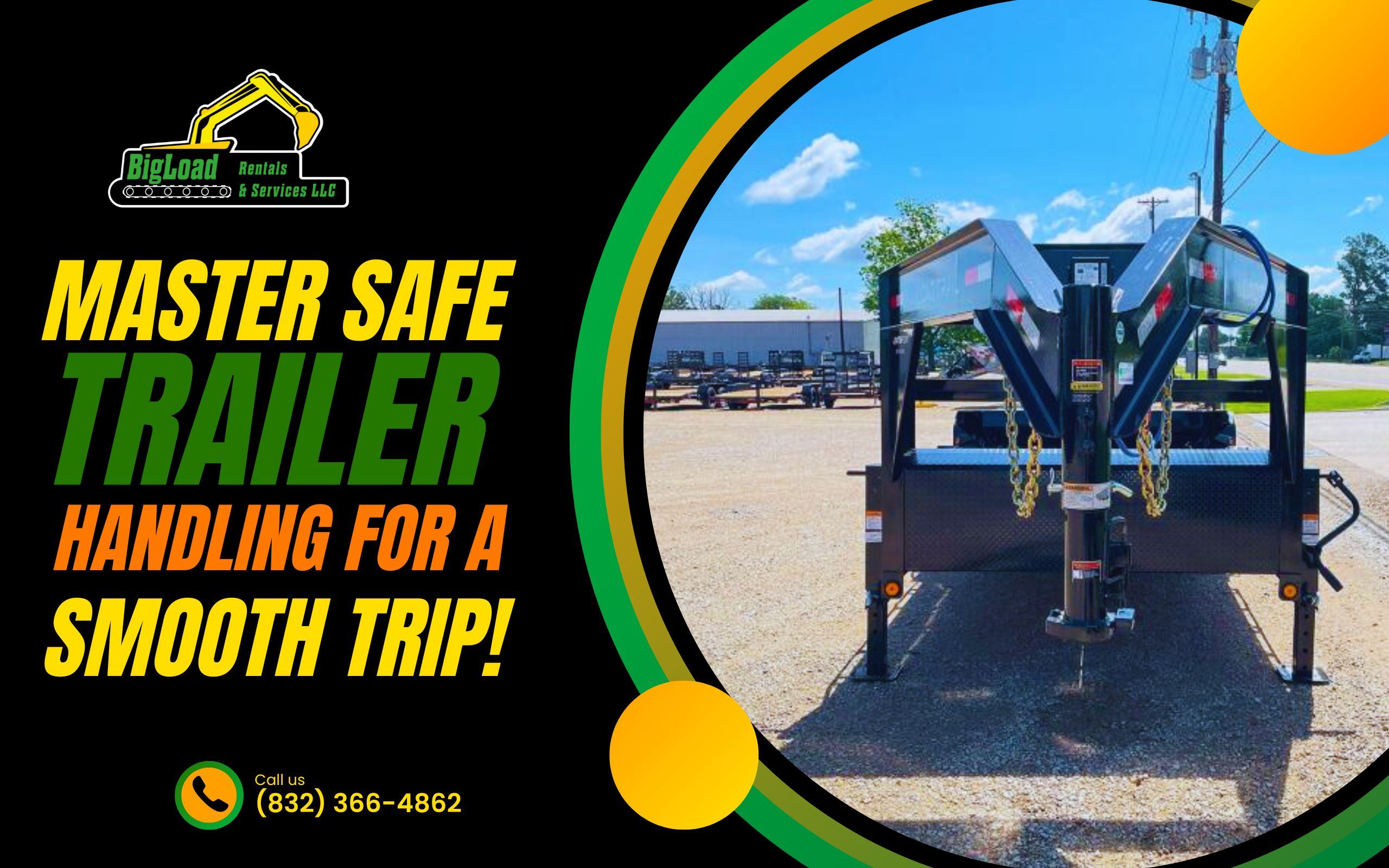
Comprehensive Equipment Rental Services, Earthmoving Equipment Rental, Professional Excavation Services, Material Lifting Solutions, Precision Road Grading Rentals, Construction Equipment Hire, Specialized Earthmoving Services, Advanced Excavation Equipment, Durable Material Handling Machinery, Custom Land Grading Solutions, Heavy Machinery Rental Services, Industrial Equipment Leasing, Top-Quality Construction Tools Rental, Efficient Project Equipment Solutions, Comprehensive Material Handling Services
